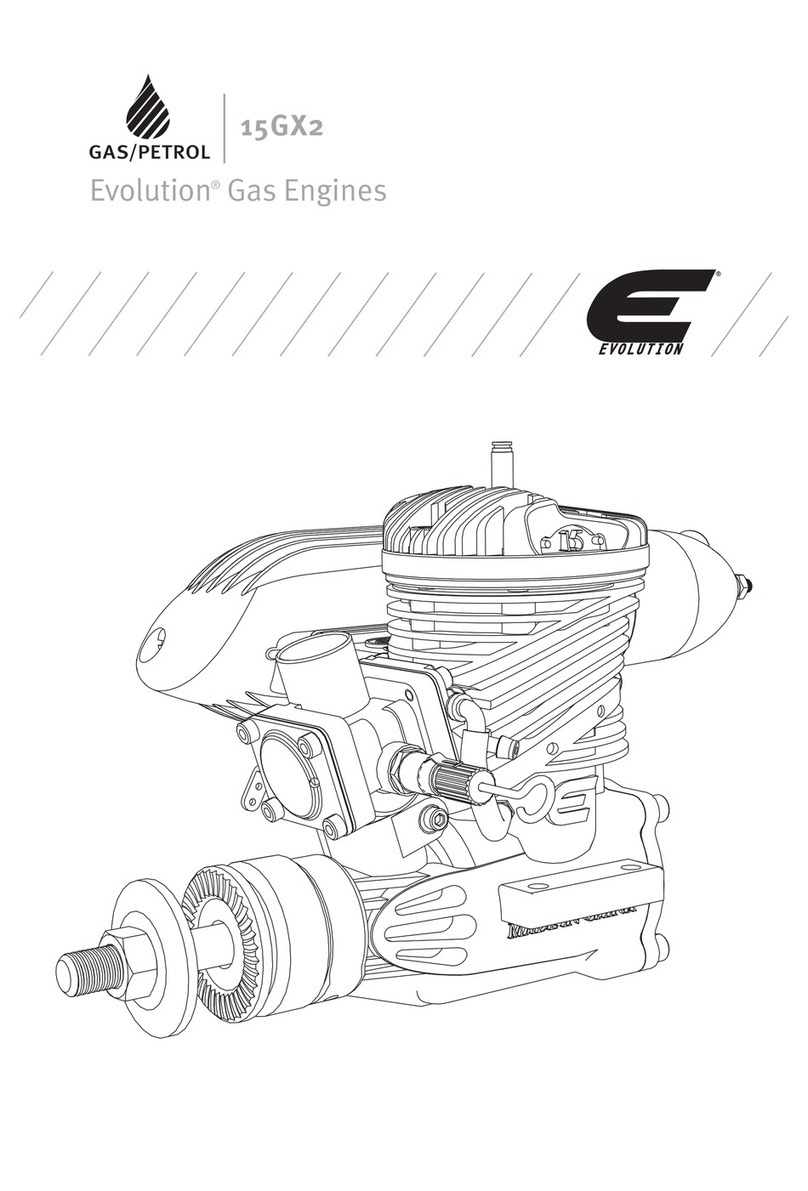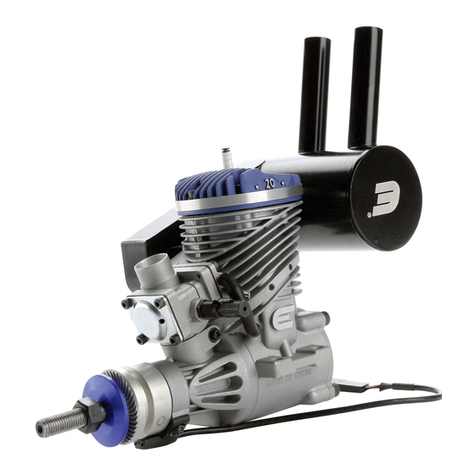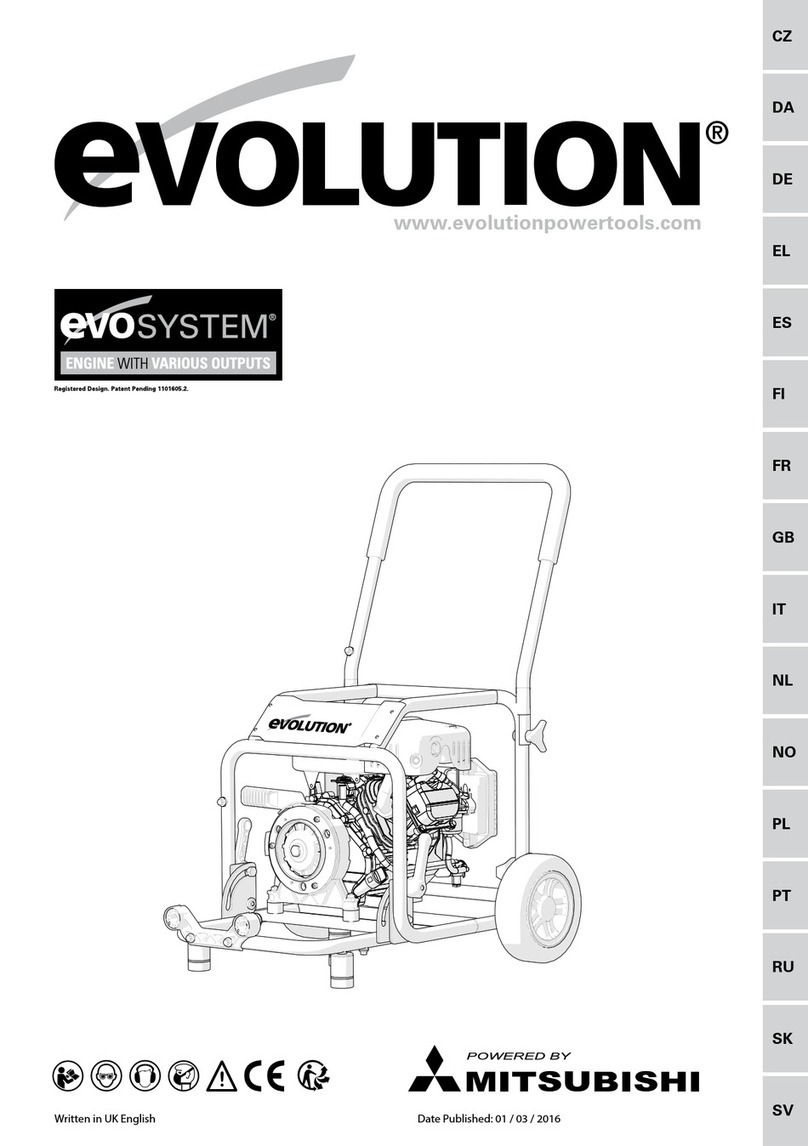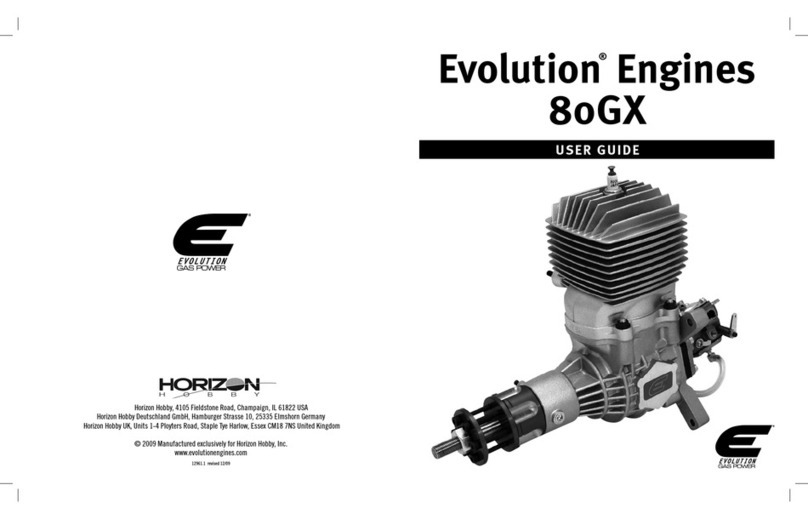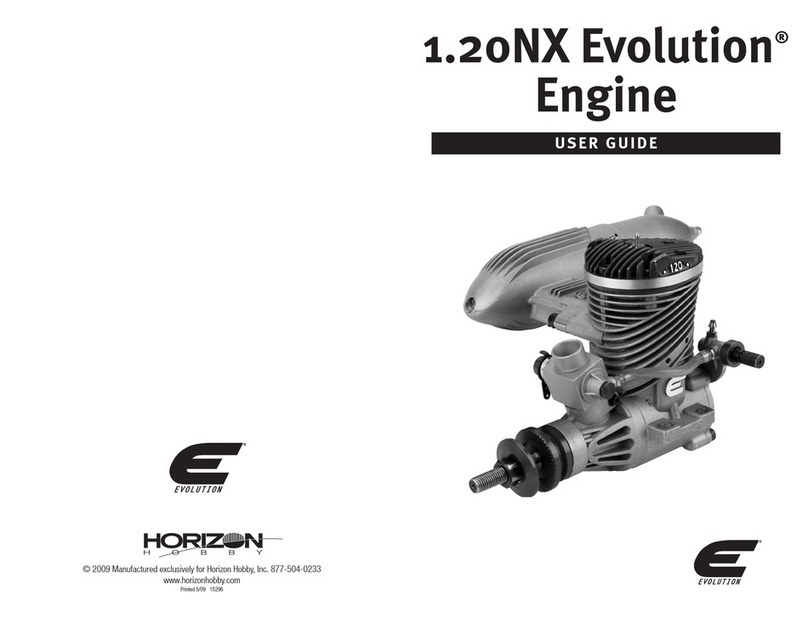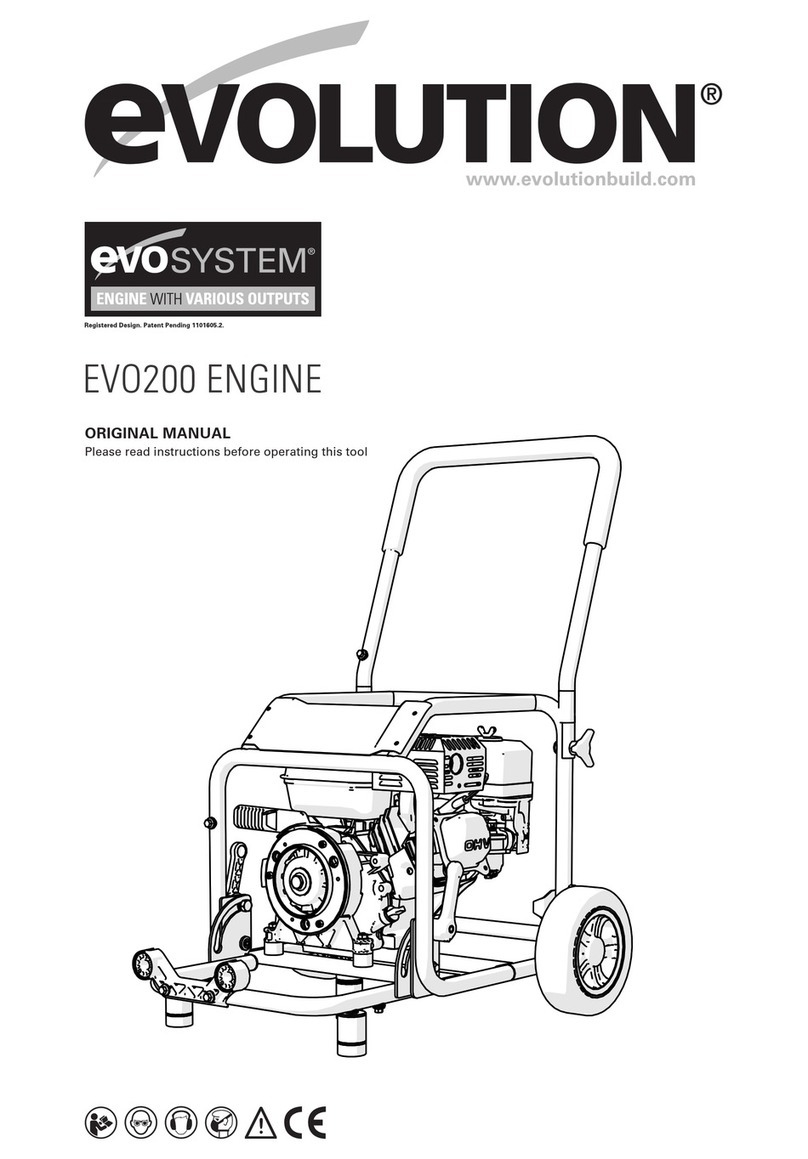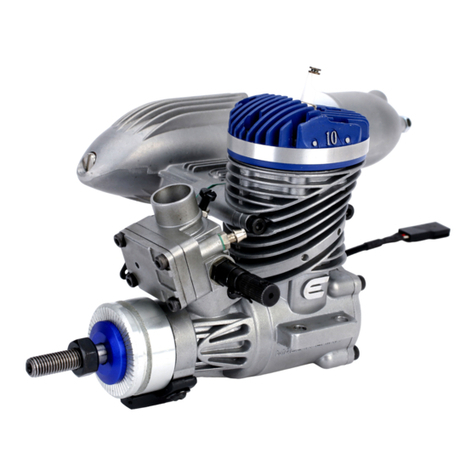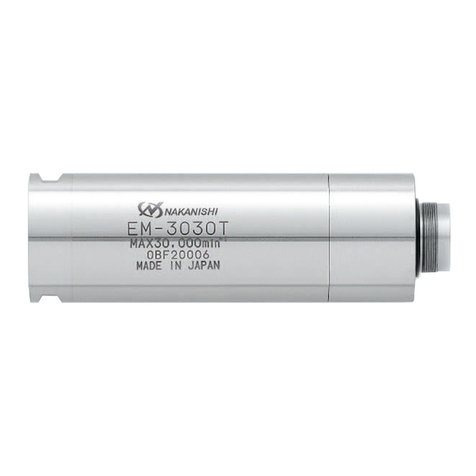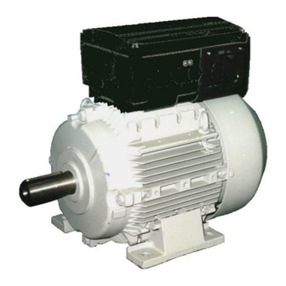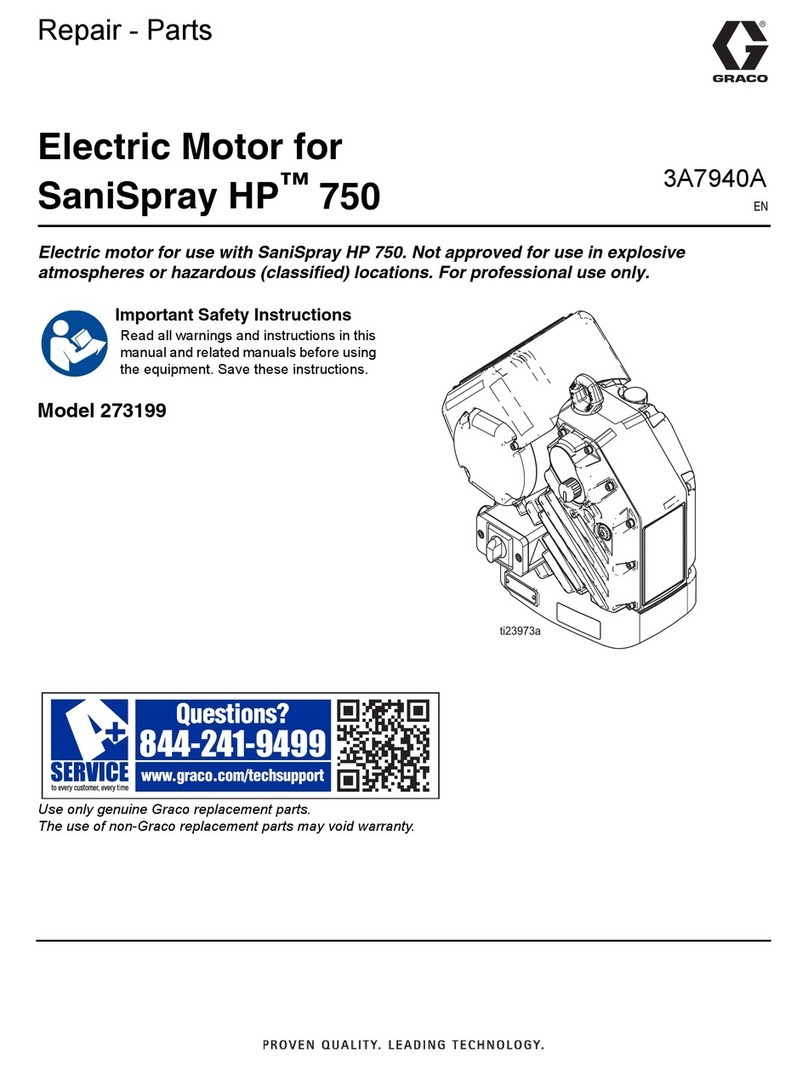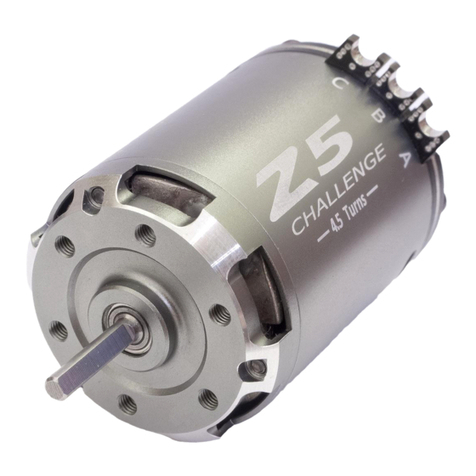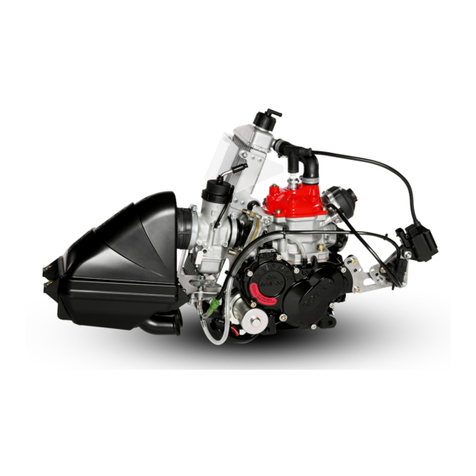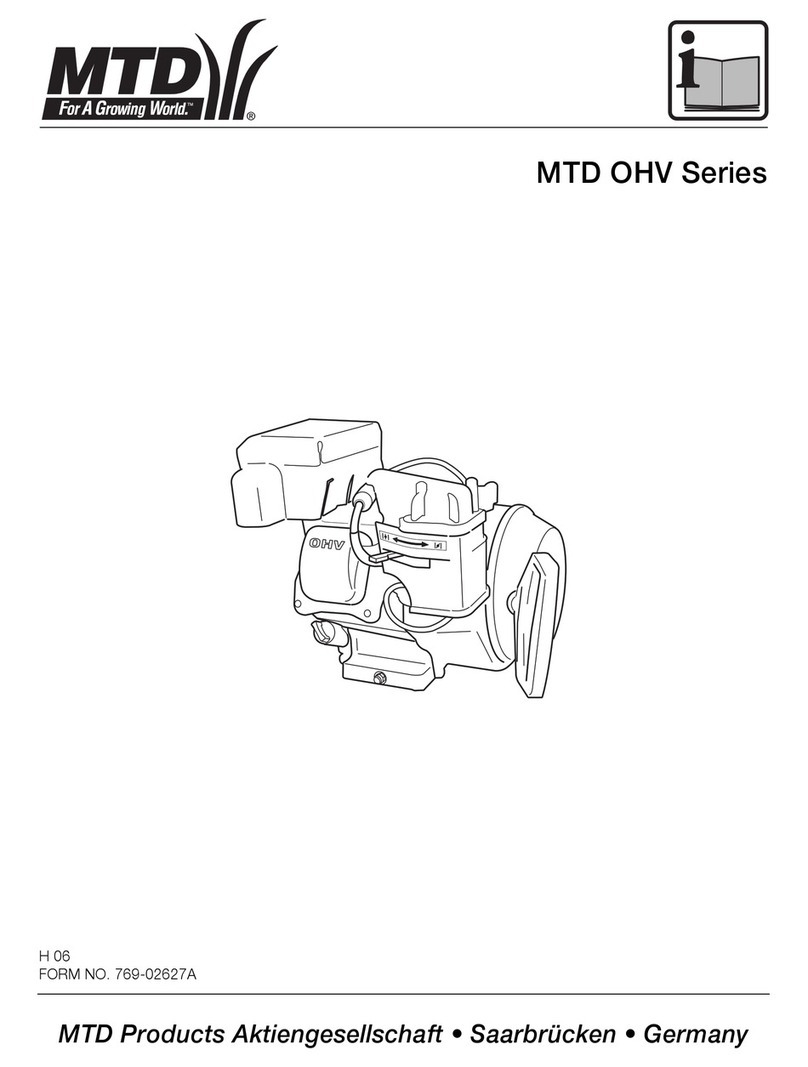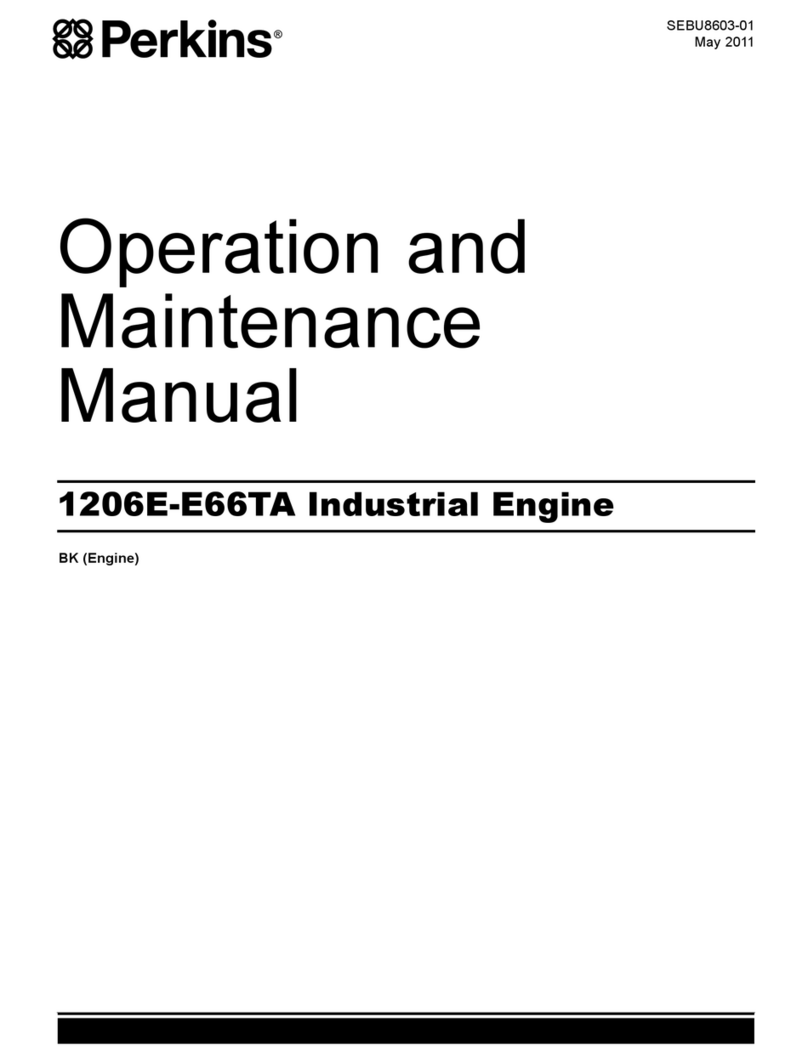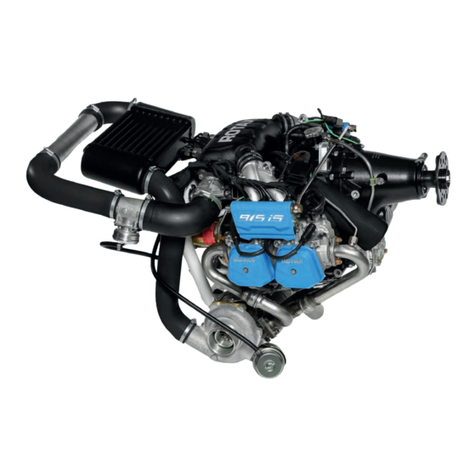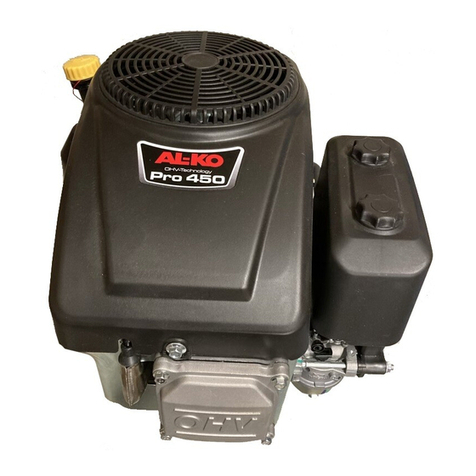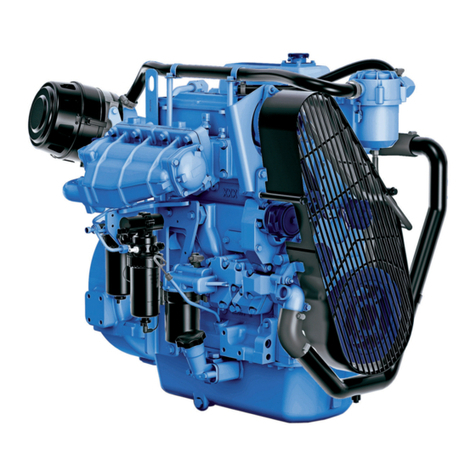
www.modellmarkt24.chwww.modellmarkt24.ch
10
EN
For baseline needle settings, please see Engine
Specifications section. With the 10GX2 it is very
important to allow the cylinder head
temperature to stabilize above 170°F (77°C)
before making any adjustments; adjusting
prior to the engine warming up will lead you to
inaccurate settings. As the engine warms up,
you will notice the RPM naturally rising.
If you do not have a temp gun or have sensors
installed on your engine, allow the engine
to run at half throttle for at least 45 seconds
before attempting to set the high-speed
needle. If you have accurately set the low-
speed needle as described you should not
need to adjust it.
Priming
1. Make sure your ignition is off.
2. Open the throttle fully, hold a finger over
the carburetor intake and flip the propeller
6 times.
3. Remove your finger from the carburetor and
flip the engine another 6 times.
4. Close the carburetor completely with your
throttle stick and then open it two detents
from closed. This will allow the engine to
start at a high throttle setting.
Because each fuel system and installation is
slightly different, you may find the need to
modify the above procedure for your individual
setup. The above procedure should work for
most installations.
Starting and Operating the 10GX2 Engine
Telemetry is a huge asset to help you tune
your engine. The ignition module is even
capable of communicating with Spektrum™
telemetry systems directly so you won’t have
to add an additional RPM sensor. You will need
to connect the Evolution Ignition Telemetry
Adapter (EVOA113) between the RPM port on
the ignition unit and the RPM port on your
Spektrum telemetry module in order to utilize
this feature. Telemetry systems other than
Spektrum may require a dedicated RPM sensor.
We recommend using the Spektrum DSMX®Full
Range Aircraft Telemetry Module (SPM9548)
in conjunction with the included adapter. This
system allows you to see real-time RPM and
temperature readings from the engine.
The temperature sensor should be wrapped
around the base of the spark plug on the
cylinder head. Using telemetry gives you an
accurate representation of actual temperature
and RPM figures during use, and warnings can
be set to go off if your engine is getting too hot.
The temperature range can be 230–300°F
on average. Set your maximum temperature
warning to go off if the engine exceeds 325°F.
If your engine is continually near this peak
temperature or higher, immediately decrease
throttle to bring the temperature down. If this
continues to occur, land the airplane and add
additional baffling to your cowl. It is not good
for the engine to run at temperatures this high
and could cause damage if not attended to.
Telemetry
Until the engine is broken in, use an electric
starter to start the engine. Once it is fully
broken in it can be started by hand, but it is
easier and safer to start the engine with an
electric starter.
1. Turn on the ignition.
2. Rotate the propeller in a backwards
direction against compression.
3. Push the starter firmly against the nose
cone and engage. The engine should start
relatively quickly, within 1–2 seconds. Once
the engine starts, disengage the starter.
4. Let the engine run at mid-throttle for 45
seconds to stabilize the temperatures.
a. If the engine doesn’t start quickly,
disengage the starter. Continuously
running the starter can flood the engine.
b. Check to make sure that fuel is moving
through the carburetor system.
c. If the engine appears not to have any fuel,
repeat the priming procedure above.
d. Repeat 1–4 of Starting and Running the
Engine.
Starting and Running the Engine

